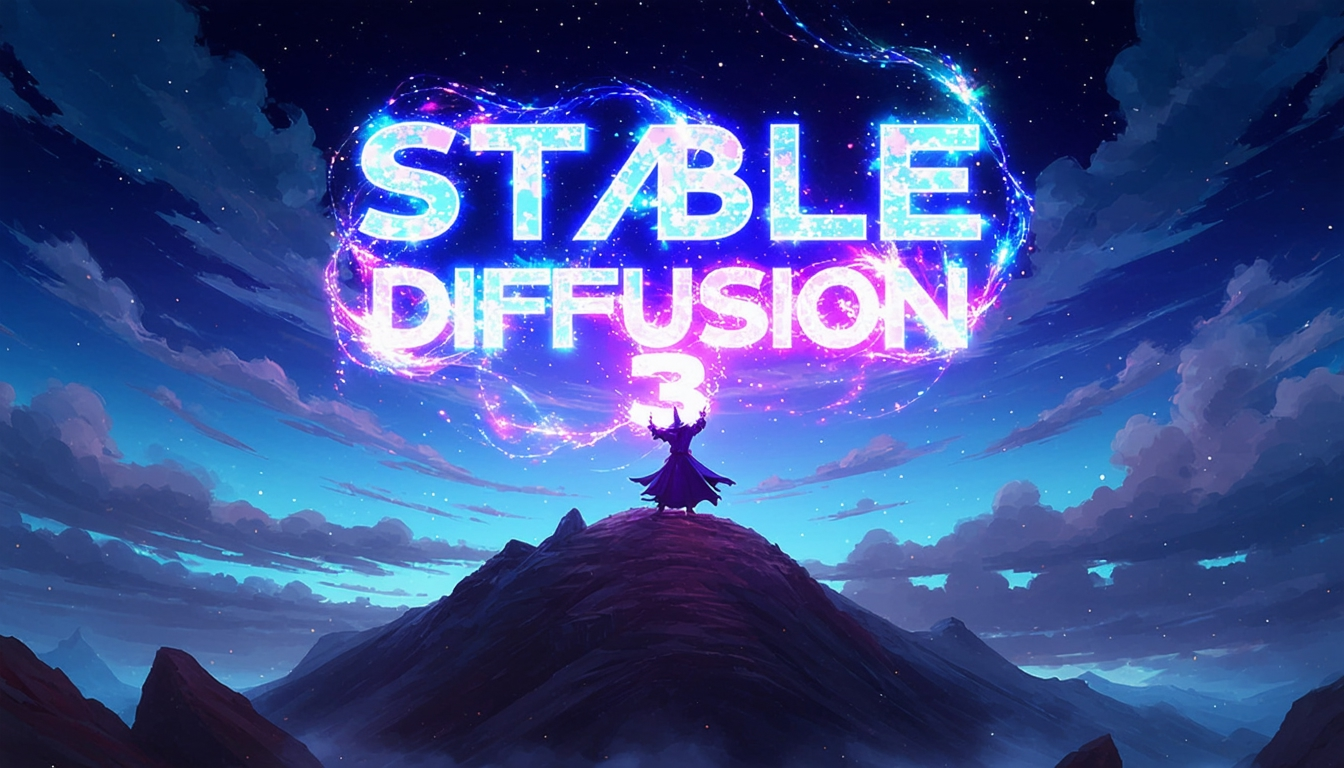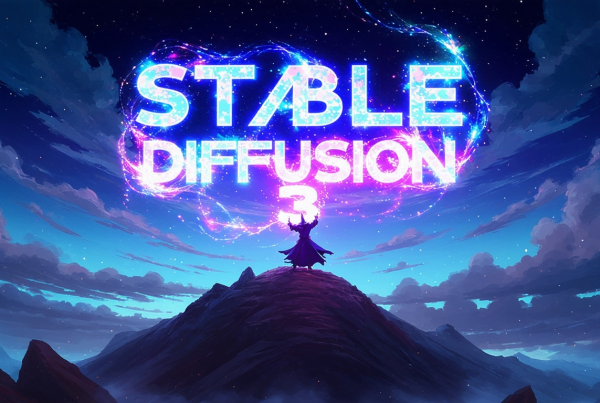
In the rapidly evolving landscape of technology, Generative Artificial Intelligence (AI) has emerged as a game-changing force, promising to reshape nearly every aspect of business operations. As we stand on the brink of this technological revolution, organizations face a critical challenge: how to harness the power of Generative AI strategically and responsibly.
The Imperative for a Generative AI Strategy
The potential impact of Generative AI is staggering. Estimates suggest it could add $3–5 trillion annually across global economies. However, most companies are still in the early stages of adoption, piloting isolated use cases without a comprehensive strategy. This piecemeal approach fails to leverage the technology’s full potential and exposes organizations to unnecessary risks.
A well-crafted Generative AI strategy is crucial for several reasons:
- Realizing Massive Value: Coordinated efforts across departments can compound value exponentially, transforming everything from customer service to product development.
- Maintaining Competitiveness: As early adopters gain significant advantages, laggards risk falling behind rapidly in their industries.
- Managing Workforce Transitions: While widespread job loss isn’t inevitable, roles and required skills will evolve. Strategic planning enables smooth transitions and upskilling.
- Proactive Risk Management: Generative AI introduces new vulnerabilities that require foresight and governance to address effectively.
Constructing Your Generative AI Strategy
To build a robust Generative AI strategy, organizations should focus on the following key areas:
1. Conducting an Opportunity Assessment
Start by identifying high-potential use cases across your organization. Gather cross-functional teams to brainstorm possibilities in areas like marketing, R&D, customer service, and IT. Prioritize opportunities based on value potential, implementation complexity, and alignment with strategic goals.
2. Charting an Adoption Roadmap
Develop a phased rollout plan that aligns with your strategic priorities. Begin with pilot projects in controlled environments before scaling more broadly. Take an agile approach, allowing for iteration and refinement based on early results.
3. Ensuring Responsible Governance
Implement robust governance frameworks to manage risks and align AI outputs with corporate values. This includes establishing ethics boards, transparency standards, and auditing procedures.
4. Building Capabilities and Minimizing Risks
Invest in critical areas such as data management, MLOps engineering, and change management. Develop performance metrics and risk control measures to guide your AI initiatives.
5. Defining Progress Metrics and Tracking
Establish clear KPIs to monitor the impact of your Generative AI implementations. Maintain accountability and be prepared to refine your strategy based on measured outcomes.
Adapting to Accelerated Change
The rise of Generative AI is just one aspect of the broader technological acceleration facing businesses today. As one tech leader noted, “We’re moving from a mobile and cloud era to an era of ubiquitous computing and ambient intelligence.”
To navigate this landscape of constant change, organizations need to adopt new approaches:
Reframing Change Communication
Traditional change management often focuses on big “go-live” events and long-term visions. In today’s environment of frequent changes, this approach can lead to change fatigue. Instead:
- Package communications around common elements of various changes
- Focus on near-term impacts that employees will experience directly
- Create succinct, adaptable communication frameworks that can respond to rapid shifts
Building Resilience Through Skill Development
Prepare your workforce for ongoing change by prioritizing the development of critical skills:
- Focus on abilities like critical thinking, problem-solving, adaptability, and self-management
- Integrate skill development into broader organizational learning plans
- Emphasize behavioral and process-oriented changes alongside technical training
Implementing Generative AI: A Tactical Approach
When it comes to introducing Generative AI to your workforce, consider the following tactics:
- Open Dialogues: Create spaces for early adopters to share experiences and collaborate.
- Clear Policies: Communicate usage guidelines and ethical considerations upfront.
- Tiered Learning: Offer general AI literacy programs followed by role-specific applied learning.
- Feedback Loops: Establish mechanisms for ongoing feedback and continuous improvement.
- Regular Reassessment: Plan to revisit your approach periodically as the technology evolves.
Generative AI Applications Across Domains
Generative AI’s potential extends across numerous industries and functions. Here are some key areas where it’s making significant impacts:
1. Software Development and IT
- Code Generation: AI can generate code snippets, complete functions, or even entire programs based on natural language descriptions.
- Debugging and Optimization: AI tools can identify bugs, suggest optimizations, and refactor code for improved performance.
- Legacy System Migration: Generative AI can assist in translating legacy codebases to modern languages, accelerating digital transformation efforts.
Example: An AI coding assistant that can turn a comment like “create a function to sort an array in descending order” into functional code in various programming languages.
2. Marketing and Advertising
- Content Creation: AI can generate blog posts, social media content, and ad copy tailored to specific audiences.
- Personalized Campaigns: Generative AI can create highly personalized marketing materials based on individual customer data and preferences.
- Visual Asset Creation: AI tools can generate custom images, logos, and even video content for marketing campaigns.
Example: A generative AI system that creates multiple variations of ad copy and visuals for A/B testing, optimizing for engagement and conversion rates.
3. Customer Service
- Intelligent Chatbots: AI-powered chatbots can handle complex customer inquiries, providing human-like responses and solutions.
- Automated Email Responses: Generative AI can draft personalized email responses to customer queries, maintaining a consistent brand voice.
- Sentiment Analysis and Response Generation: AI can analyze customer sentiment in real-time and generate appropriate responses to manage customer satisfaction.
Example: An AI system that can handle multi-turn conversations with customers, understanding context and providing solutions across various service scenarios.
4. Product Design and Development
- Concept Generation: AI can generate numerous product design concepts based on specified parameters and constraints.
- Prototyping: Generative design tools can create 3D models and prototypes, optimizing for factors like weight, strength, and cost.
- User Experience Design: AI can generate UI/UX designs based on best practices and user behavior data.
Example: A generative design system that creates multiple chair designs optimized for ergonomics, material usage, and manufacturing processes.
5. Healthcare and Life Sciences
- Drug Discovery: Generative AI can propose new molecular structures for potential drugs, accelerating the discovery process.
- Personalized Treatment Plans: AI can generate tailored treatment recommendations based on a patient’s genetic profile and medical history.
- Medical Imaging Analysis: Generative models can enhance medical images or even generate synthetic images for training purposes.
Example: An AI system that generates and screens millions of potential drug compounds, identifying promising candidates for further research.
6. Finance and Banking
- Risk Assessment: Generative AI can create complex scenarios for stress testing and risk management.
- Fraud Detection: AI models can generate patterns of fraudulent behavior to improve detection systems.
- Personalized Financial Advice: AI can generate tailored financial plans and investment strategies based on individual financial situations and goals.
Example: An AI advisor that generates personalized investment portfolios and rebalancing strategies based on real-time market data and individual risk profiles.
7. Creative Industries
- Music Composition: AI can generate original musical compositions in various styles or complete unfinished works.
- Art Creation: Generative models can create unique artworks based on textual descriptions or style transfer from existing pieces.
- Storytelling and Scriptwriting: AI can assist in generating plot ideas, character descriptions, or even entire story outlines.
Example: An AI system that can generate a short story or movie script based on a brief plot summary and style preferences.
By understanding these diverse applications, organizations can better identify opportunities within their own domains and develop strategies to leverage generative AI effectively. The key is to align these technological capabilities with business objectives and customer needs, always keeping ethical considerations and human oversight at the forefront of implementation efforts.
Conclusion: Embracing the Future
The Generative AI revolution is not just about adopting new technology—it’s about preparing your organization for a future of continuous innovation and change. By developing a comprehensive strategy, building workforce resilience, and fostering a culture of adaptability, businesses can position themselves to thrive in this new era.
The time to act is now. Those who move swiftly and strategically to embrace Generative AI will gain significant advantages in efficiency, innovation, and competitiveness. However, success lies not just in the technology itself, but in how well organizations prepare their people and processes to leverage its potential.
As we navigate this transformative period, let’s remember that the goal isn’t just to implement AI, but to create more agile, innovative, and human-centric organizations capable of thriving amidst constant change. The future belongs to those who can not only adapt to change but harness it as a catalyst for growth and innovation.


